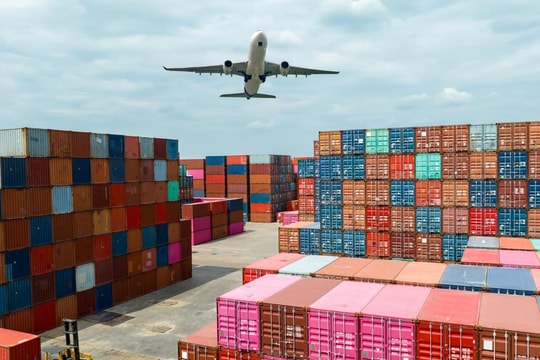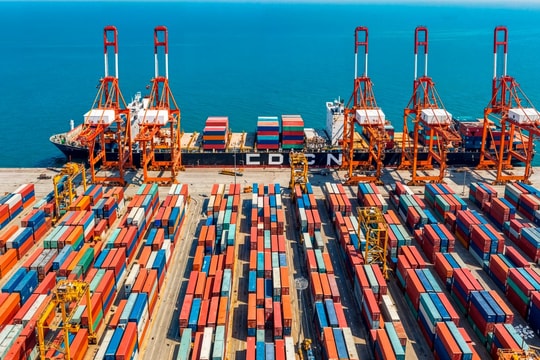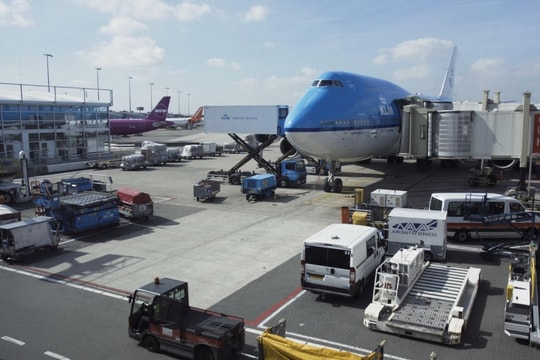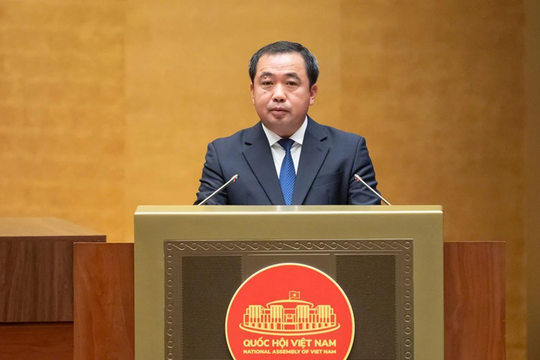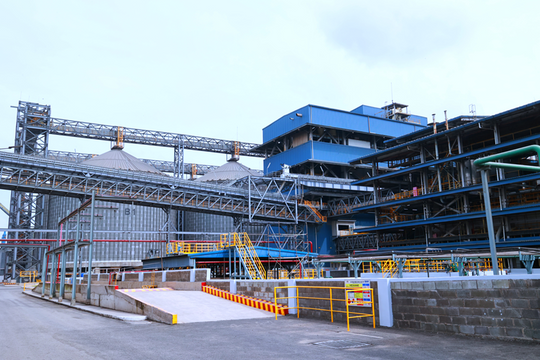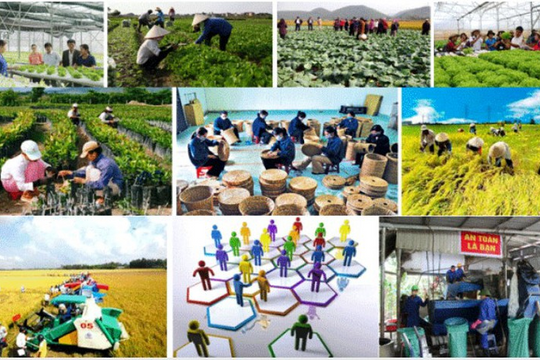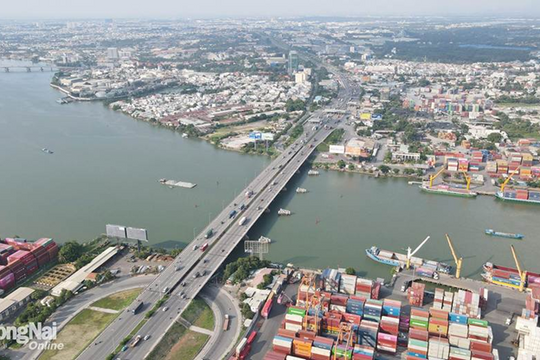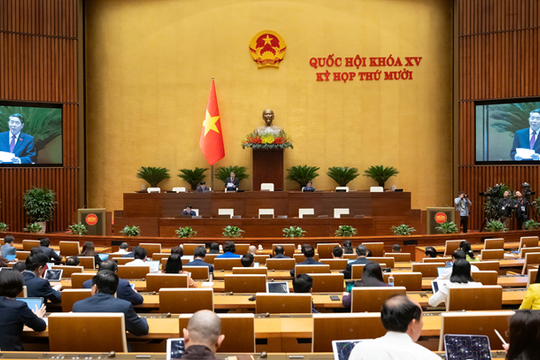.jpg)
.jpg)
The Impact of the Trade War on Vietnam’s Supply Chain
The trade war not only disrupts global supply chains but also creates significant changes in international trade flows. Vietnam, as a major manufacturing and export hub—especially in industries like electronics, textiles, seafood, and agricultural products—will certainly feel the effects of high tariffs and trade restrictions imposed by major partners such as China and the U.S.
One of the biggest impacts is the change in global trade flows. With increasing tariffs and trade protection measures, Vietnam could face a decline in exports to traditional markets like the U.S. and the EU. However, at the same time, new opportunities may arise as some countries will look to redirect their supply chains, creating space for Vietnamese businesses.


Strategies to Mitigate the Impact: Market and Supply Diversification
To reduce the negative effects of the trade war, one of the key strategies that Vietnam needs to focus on is market and supply diversification. This means that Vietnam cannot rely solely on large markets like the U.S. or China but must seek and develop other potential markets. Southeast Asia, Europe, and fast-developing regions in Africa can become important destinations in Vietnam's supply chain.
Furthermore, diversifying sources of raw materials is also a crucial factor. While Vietnam is still largely dependent on raw materials from China, building new supply networks from other countries will not only reduce risks from the trade war but also increase flexibility in production and export operations.
Investing in Technology and Process Innovation
One essential factor in mitigating the effects of the trade war is investing in technology, especially in logistics and manufacturing. Technology not only helps improve labor productivity but also supports businesses in optimizing operational costs. Technologies such as warehouse automation, Big Data management, and using artificial intelligence (AI) for demand forecasting can help Vietnamese businesses enhance their ability to forecast and adjust business strategies more effectively.
Moreover, upgrading logistics infrastructure is indispensable. Improving transportation, developing cold storage systems, and better connecting production areas to seaports will reduce costs and enhance the efficiency of export-import activities.
.jpg)
.jpg)
Opportunities in the Global Supply Chain Shift
While the trade war presents many challenges, it also opens up substantial opportunities for countries with strong manufacturing capabilities like Vietnam. As international companies seek new markets to replace traditional supply sources, Vietnam can seize the wave of investment and production relocation.
This is particularly true as companies look to reduce their dependence on China, especially in critical industries like electronics, textiles, and consumer goods. Therefore, Vietnam has the opportunity to not only attract foreign direct investment (FDI) but also promote exports to new markets.
Necessary Steps for Vietnam to Seize Opportunities
.jpg)
.jpg)
Mitigating the effects of the trade war and capitalizing on opportunities will require flexibility and creativity from Vietnamese businesses. To achieve this, the government needs to support businesses in building long-term strategies, encourage investment in technology and infrastructure, and maintain a stable and favorable business environment.
Increasing market and supply diversification, as well as improving production processes, will be key factors in helping Vietnam not only overcome challenges but also open up new opportunities in the context of globalization. However, it is crucial that businesses and government agencies closely coordinate and implement specific action plans to meet market needs and enhance competitiveness.
The trade war is not just a challenge, but also an opportunity for Vietnamese businesses to expand into new markets. By exploring untapped markets such as African nations and Southeast Asia, Vietnam can reduce its dependence on traditional markets and increase its export share.


.jpg)
.jpg)

.jpg)






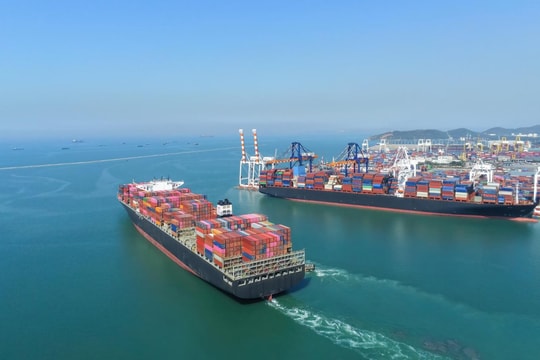

.png)
